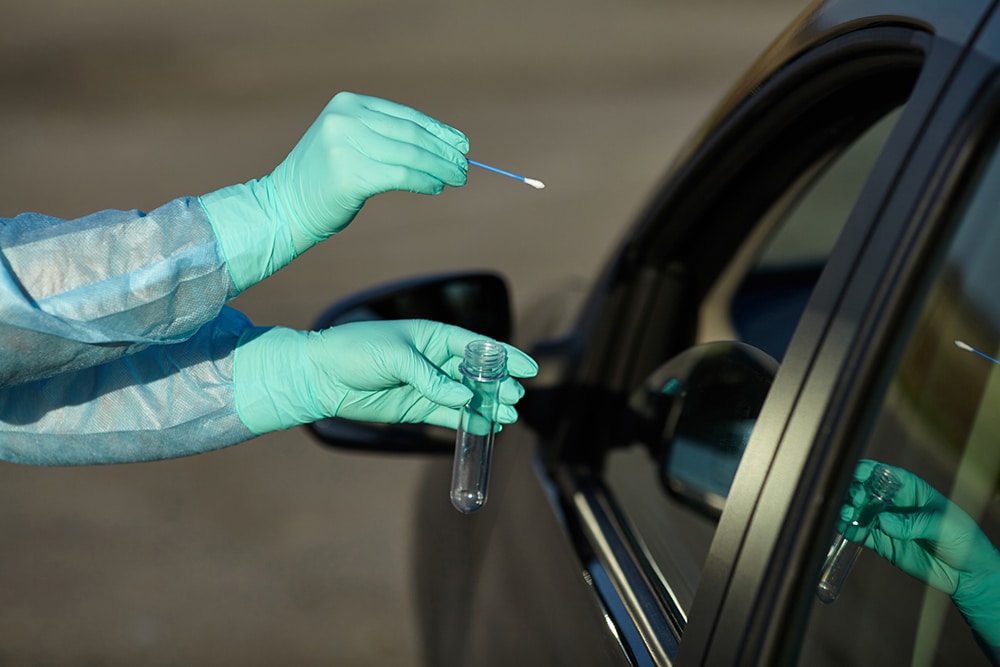How Does ELR Work?

Healthcare facilities and laboratories must notify public health agencies, like the state or local health department, of reportable conditions. Historically, these reports are received through mail, fax, or phone calls and manually entered into electronic systems used for disease surveillance and case management. ELR automates a large portion of the reporting process by translating the information in a laboratory system into an electronic message that can be automatically sent to and processed by the public health agency.
Most laboratories have successfully moved from paper and fax to electronic reporting to public health agencies. For hospitals and healthcare systems, this transition successfully made the case for data interoperability. Laboratories communicate regularly with state, territorial, city, and county public health departments and vendors about technical barriers to reporting.

CDC has released specific details on how to report COVID-19 laboratory data, including Frequently Asked Questions about laboratory data reporting guidance for COVID-19 testing.
The process of ELR:
- When laboratory tests confirm infection with a reportable condition, such as measles, HIV, or rabies, information about the patient, specimen(s) collected, test(s), and result(s) are entered and stored securely in a Laboratory Information Management System (LIMS). LIMS is a software-based system that supports key laboratory functions like workflow, specimen and result tracking, and electronic data exchange. Information may be manually entered into the LIMS by laboratory personnel, or, in some cases, laboratory instruments may be directly interfaced with the LIMS to automatically transfer the results into the system.
- The information in the LIMS is used to create standardized electronic messages, like HL7 v2.5.1 or other ELR formats, that can be processed and understood by other electronic systems. The tests and results may also be translated to standardized codes, such as Logical Observation Identifiers Names and Codes (LOINC)external icon and Systematized Nomenclature of Medicine Clinical Terms (SNOMED-CT)external icon.
- After these electronic messages are created, they are sent from the laboratory to public health partners, like the state health department or CDC, through secure transport mechanisms.
- The public health agency receives the ELR messages and processes them into electronic systems that store information on reportable conditions. The ELR data may be added to existing case reports or may be used to initiate a new report.
- Depending on the condition, the state or local health department may reach out to the patient or healthcare system to perform a case interview, initiate contact tracing, release medical countermeasures from the Strategic National Stockpile, or take other public health action.